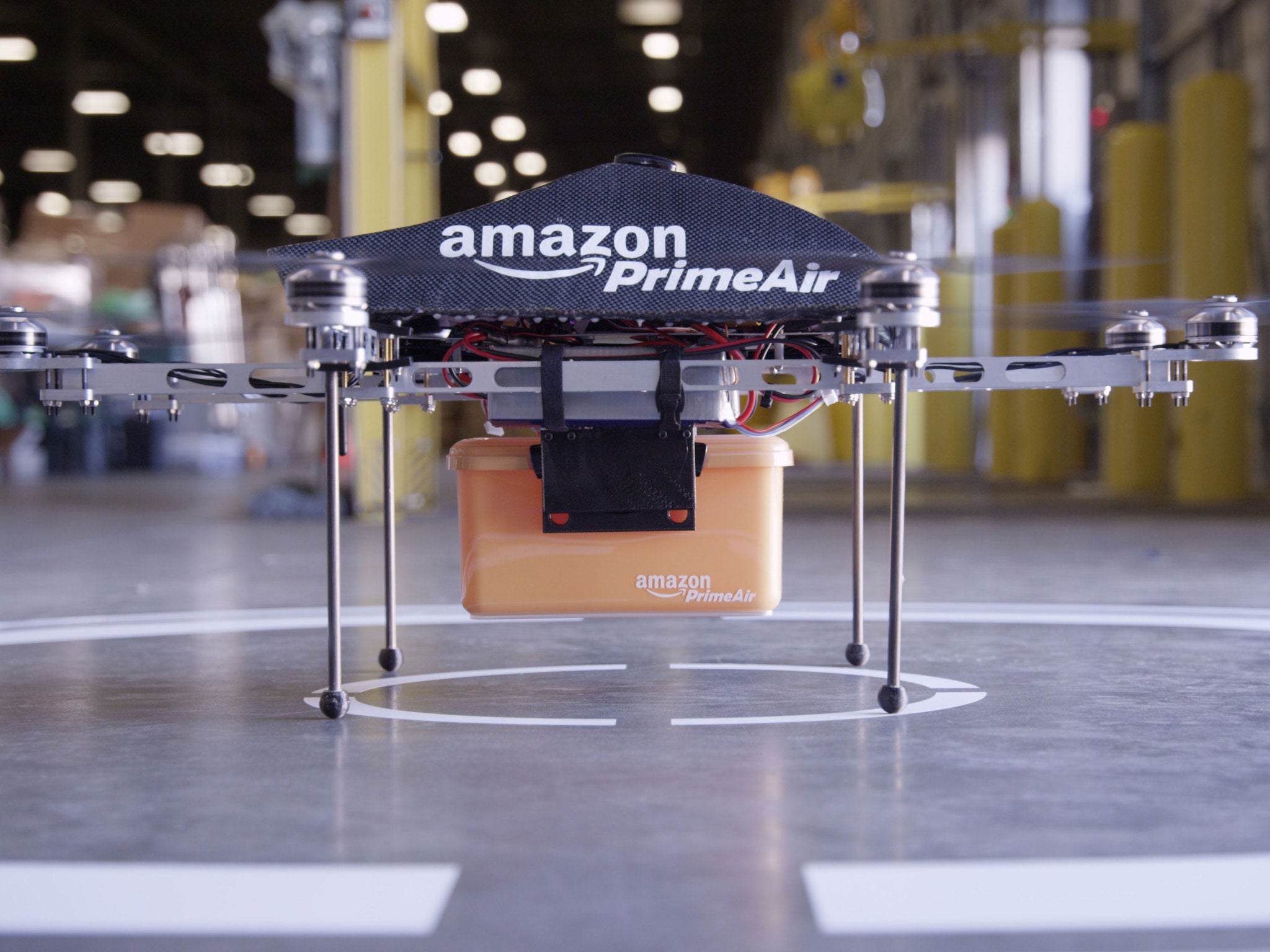Drones operated by criminal gangs used to deliver drugs mobile phones and potentially firearms to prisoners, admit senior officials
Exclusive: Intelligence officers have used the unmanned vehicles to drop a package the same size and weight of a gun into jails during covert testing, raising security concerns
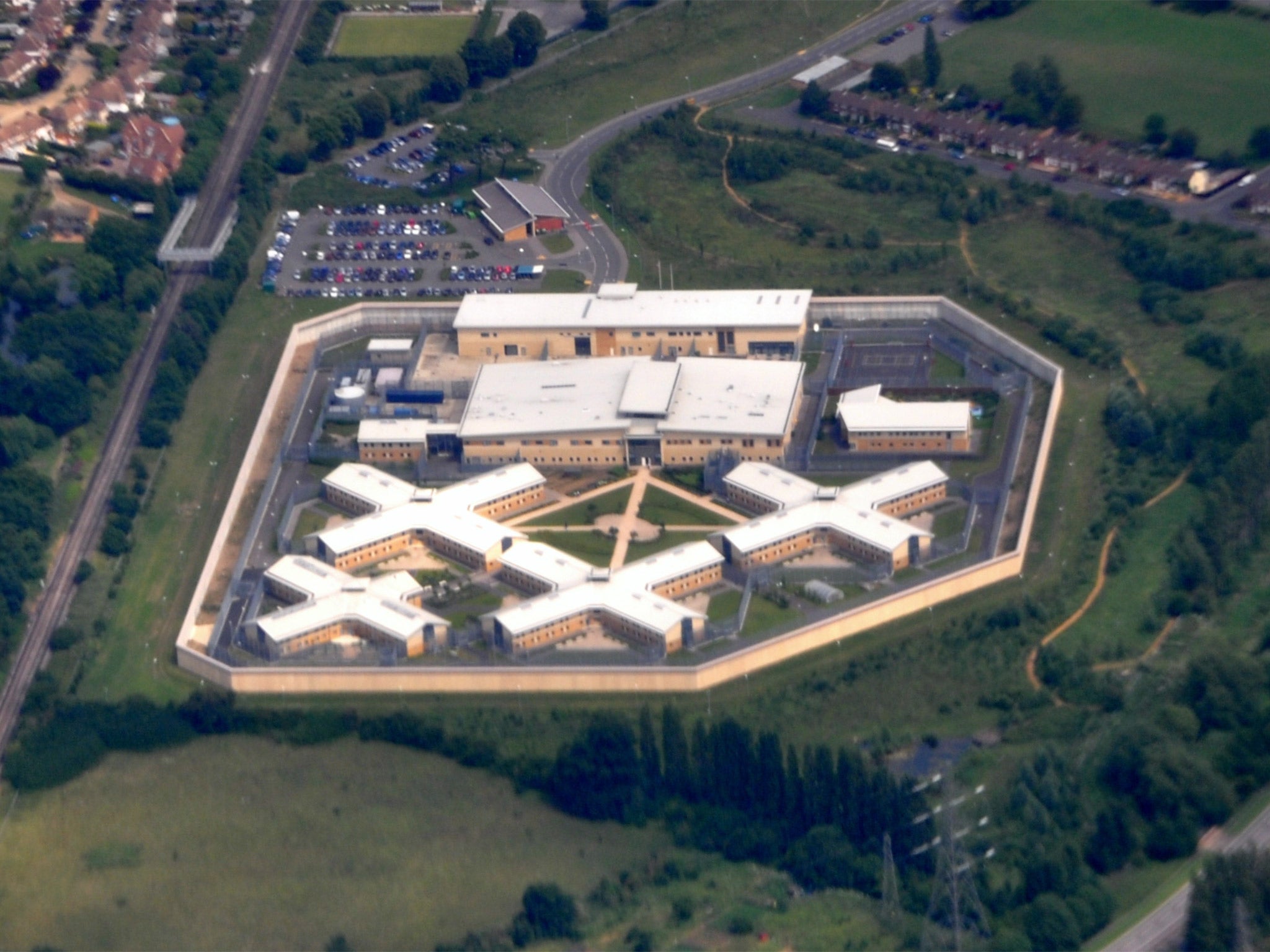
Drones operated by organised crime gangs pose an increasing threat to security in Britain’s prisons by offering a new route to smuggle drugs and potentially firearms into the hands of criminals, senior officials have admitted.
Small commercial drones are being used to lift packages containing illicit goods from mobile phones to synthetic drugs into jails, where they threaten security by increasing the availability of intoxicants which can provoke disorder in prisons.
Intelligence officers at the National Offender Management Service (NOMS) revealed they are also concerned at the potential to use remote-controlled Unmanned Aerial Vehicles (UAVs) to drop lethal weaponry into jails after a package the same size and weight of a gun was successfully dropped unnoticed into an unnamed maximum security prison during covert testing earlier this year.
Investigations suggest that several incidents where drones have been used to overfly prisons or deliver packages in the last 18 months were linked to serious crime groups. As a result, governors are now bracing themselves for security breaches by UAVs to become a more frequent problem across Britain’s 150 prisons.
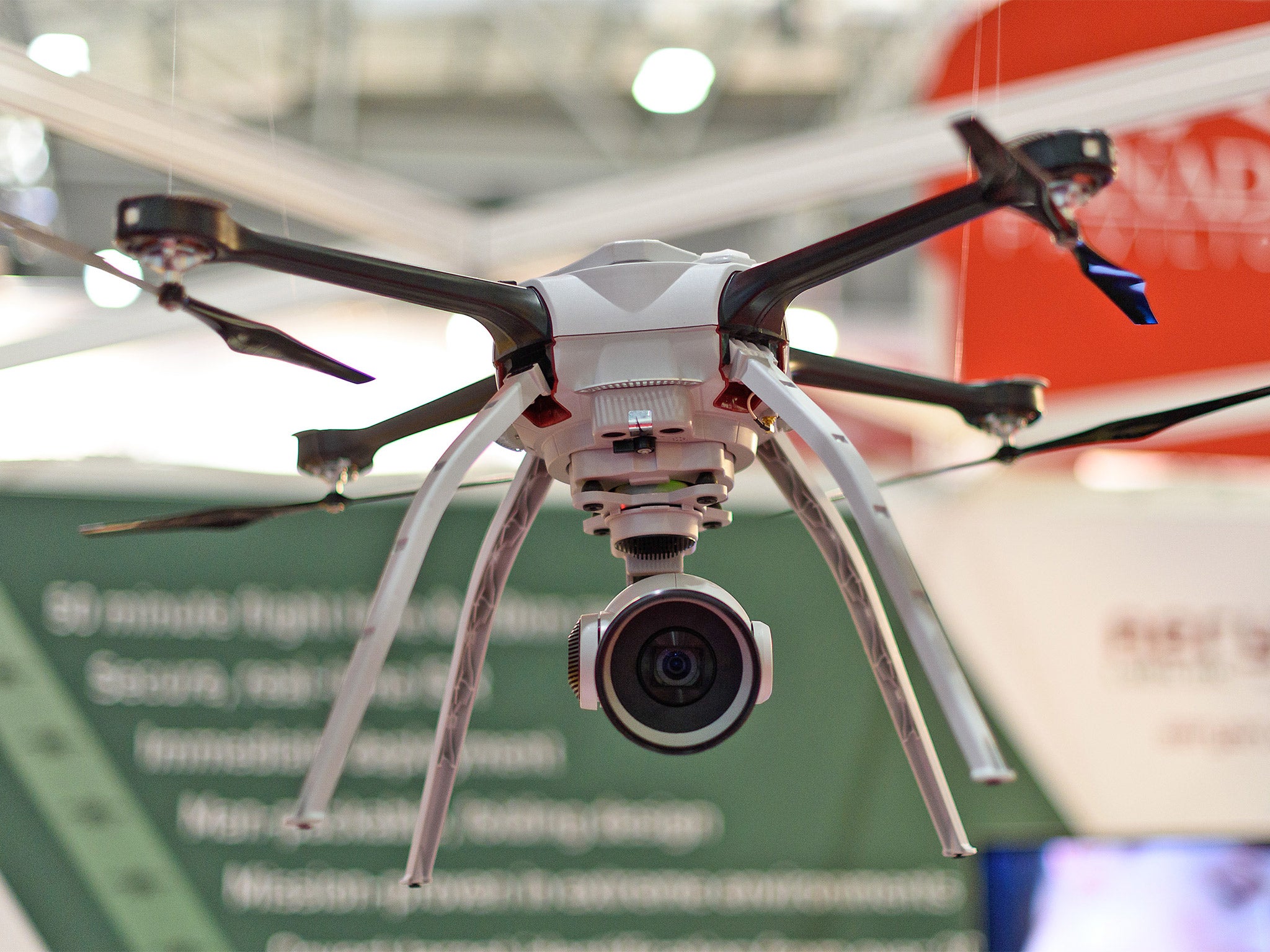
NOMS said the number of attempts to infiltrate prisons using four or six-rotor drones widely available over the internet or from high street retailers remains small but is rising rapidly. In the five months to May this year, nine incidents were detected in England and Wales, compared to four for the entirety of 2014.
Speaking at a briefing during the Defence and Security Equipment International show in London, analysts from NOMS described drone use as an “emerging threat” which will increase as UAV technology becomes cheaper and easier to use.
Eve Richard, a senior analyst at the NOMS intelligence unit, said: “In a nutshell, our intelligence suggests that the use of UAVs to release items into our prisons is an emerging threat. It’s not a huge issue at the moment but there is the potential for it to increase and become more of an issue.”
Slides shown at the briefing underlined the nature of the threat, adding: “Intelligence suggests the use of UAVs to convey items into prisons will become more common as technology advances, costs reduce and confidence in their use and functionality grows.”
Ms Richard added: “All prisons are vulnerable - it doesn’t matter where they are, it doesn’t matter what type of prisoner they have, it doesn’t matter what kind of security category they are. Everywhere is vulnerable because it is air space and as long as you can get [a UAV] over the wall you are vulnerable.”
The NOMS analysts said drones were being used as an alternative to established and significantly less hi-tech ways of smuggling illegal items into prisons such as using visits or “throw overs”, where packages are simply thrown over prison walls into exercise yards.
A sophisticated UAV capable of being precisely manoeuvred using GPS technology and carrying a payload of up to a 1.5kg can be bought for less than £1,000 and flown with minimal training.
Recent incidents where drones were used to breach security include an attempt in March to fly a UAV into Bedford Prison with a package containing mobile phones and drugs. The aircraft became entangled in barbed wire after it was believed to have been destabilised by its cargo.
A drone was also spotted overflying HMP Long Lartin in Worcestershire at night on a possible reconnaissance or distraction mission while another was found two weeks ago after crashing into fencing at Liverpool Prison.
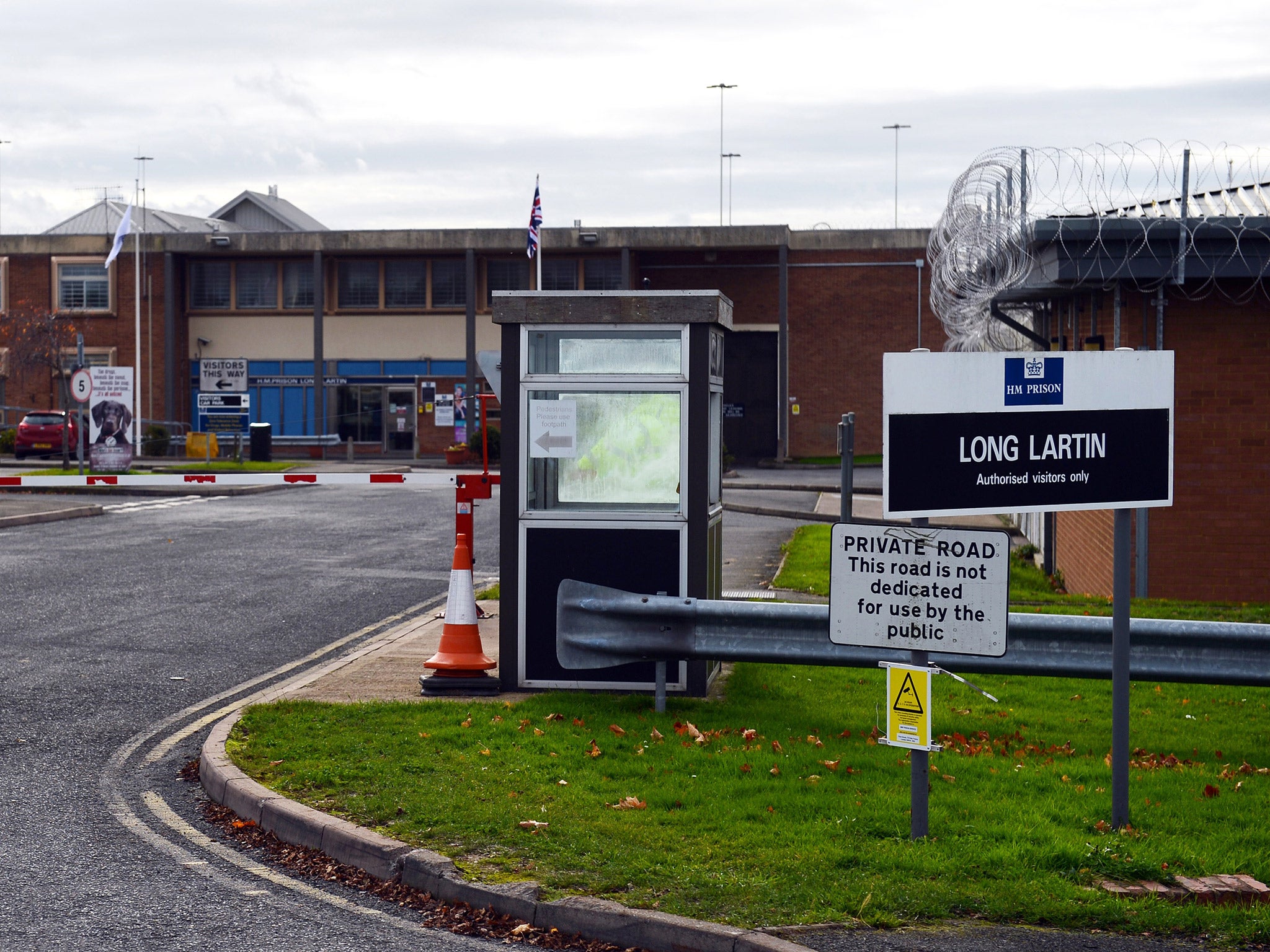
The items found on board the UAVs include smartphones and SIM cards - as well as accessories such as chargers and batteries - to enable career criminals to continue offending from inside prison, and consignments of synthetic psycho-active drugs such as “Spice”.
Managers are concerned that the ability of drones to deliver larger quantities of these drugs into prisons could have a knock-on effect on security by increasing the risk of violence against staff and between prisoners.
Lorna Shore, head of the NOMS Intelligence Analysis Unit, said: “On a day to day basis we are managing assaults against staff and prisoners and they are getting more serious and more difficult to manage. We don’t actually understand the reasons why but there might be some links with new psycho-active substances coming in.”
One of the most troubling threats posed by drones is their potential for infiltrating concealed weapons into even the most secure prisons.
As part of a three-month study of UAV risks, NOMS said it had carried out a test flight of a drone over a maximum security prison. The drone managed to fly over the prison and drop a package of similar size and weight to a handgun before withdrawing without being noticed by any of the staff on duty.
Ms Richard said: “We have had no intelligence that drones are being used for trafficking weapons; however, we can obviously all recognise that the potential is there.”
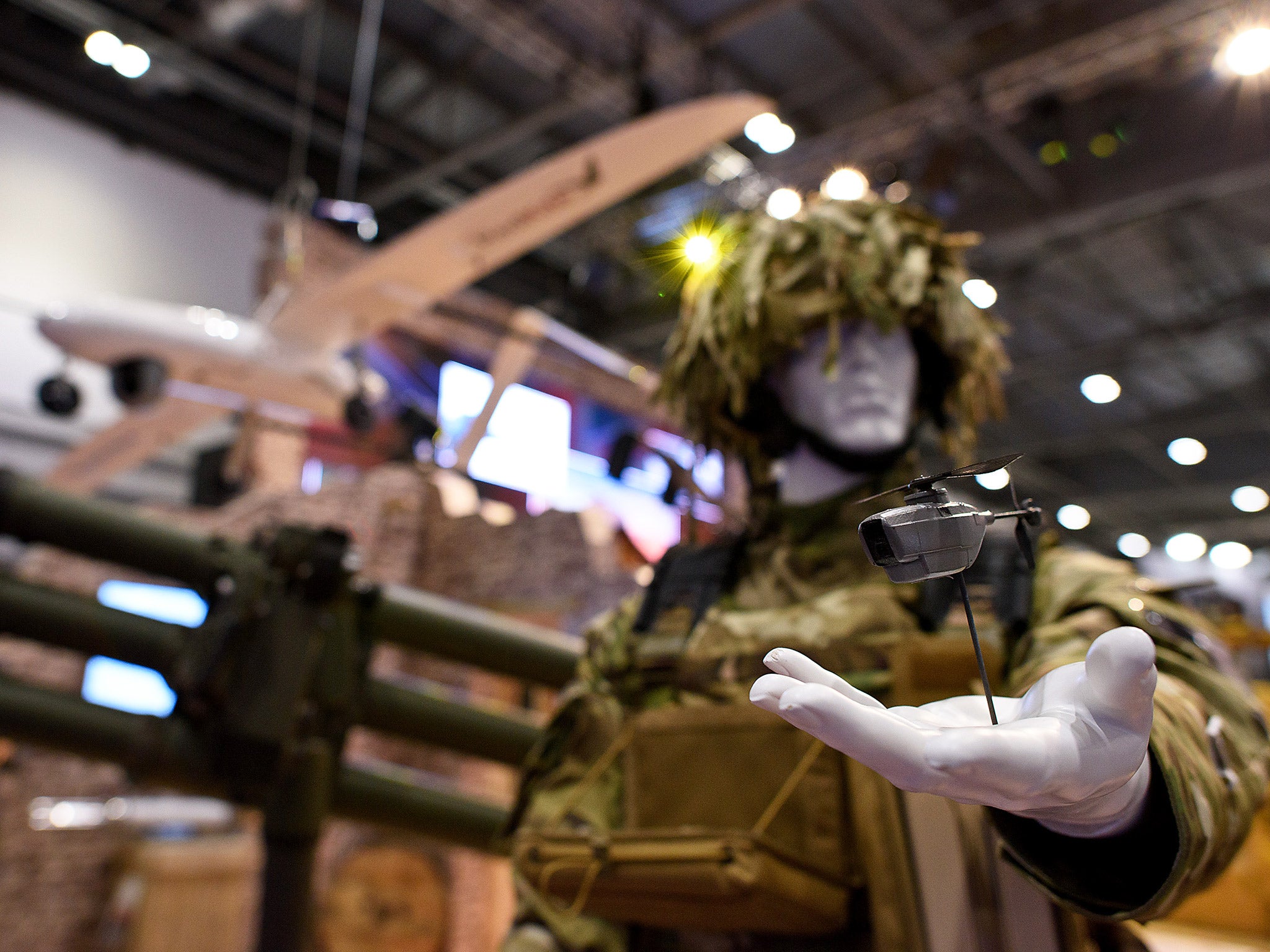
NOMS said it was working with the National Crime Agency after investigations suggested that individuals with potential links to serious and organised crime networks were behind some of the drone flights.
Ms Shore said: “We need to understand further whether there is a co-ordinated effort behind this.”
Officials are now looking into acquiring technology which may counter the threat of drones, including products which can interfere with the radio signal controlling UAVs and bring them safely to ground.
In the meantime, the intelligence officials underlined that the prospect of a drone being used to airlift a prisoner out of jail remains highly unlikely. They pointed to one recent attempt by a drone enthusiast to lift himself using multiple UAVs harnessed to a metal frame, which resulted in the man being lifted off the ground for just two seconds.
Drone dangers
Passenger jets
A number of incidents in which drones have “buzzed” aircraft as they took off or landed at four UK airports, including Heathrow, resulted in a warning from the Civil Aviation Authority this summer that UAV pilots faced jail if their devices flew too close to jets.
The Emirates and other landmarks
Security guard Nigel Wilson was this week fined £1,800 and banned from owning drones after he flew his UAVs around a series of prominent buildings, including Arsenal’s Emirates football ground and the Houses of Parliament before posting the footage on YouTube. A judge told Wilson, 42, his actions were “the height of arrogance in terms of public safety”.
Shopping by air
Several companies, including Amazon (below), have expressed a headline-grabbing interest in using drones to deliver goods. Among the suggestions are the establishment of separate airspace for UAVs to avoid collisions as they zero in on customers’ smartphones or home addresses. Regulators are as yet unconvinced.
